Sleep paralysis can be a terrifying experience that affects millions worldwide. In this blog post, we explore the science, myths, and mysteries of sleep paralysis. Learn about the common symptoms and causes of sleep paralysis. Tune in to the second episode of The Fourth State podcast with bestselling horror and thriller writer, K. Hari Kumar, to discover the secrets of the night and learn how to overcome your own sleep paralysis nightmares.
I have always been fascinated by horror stories and paranormal phenomena. And knowing that I am a horror writer, many readers and friends open up to me and share their experiences with me which they don’t usually feel comfortable sharing with the general public. Sometimes, even strangers open up too.
This was a few months back, I was at the discussion of a horror film’s script. After the discussion, I was having coffee at a cafeteria. One of the people from the creative team whose name I am changing to John Doe. He came up to me and asked me if I really believed in paranormal experiences. That’s a question I usually do not answer because of my own skepticism. I knew he wanted to share something so I asked him to straightaway share what was in his mind… He said it was sleep paralysis but somehow he believed there was an unexplained paranormal influence underneath the experience.
So, he started narrating a paranormal experience…
Trapped in His Own Dream
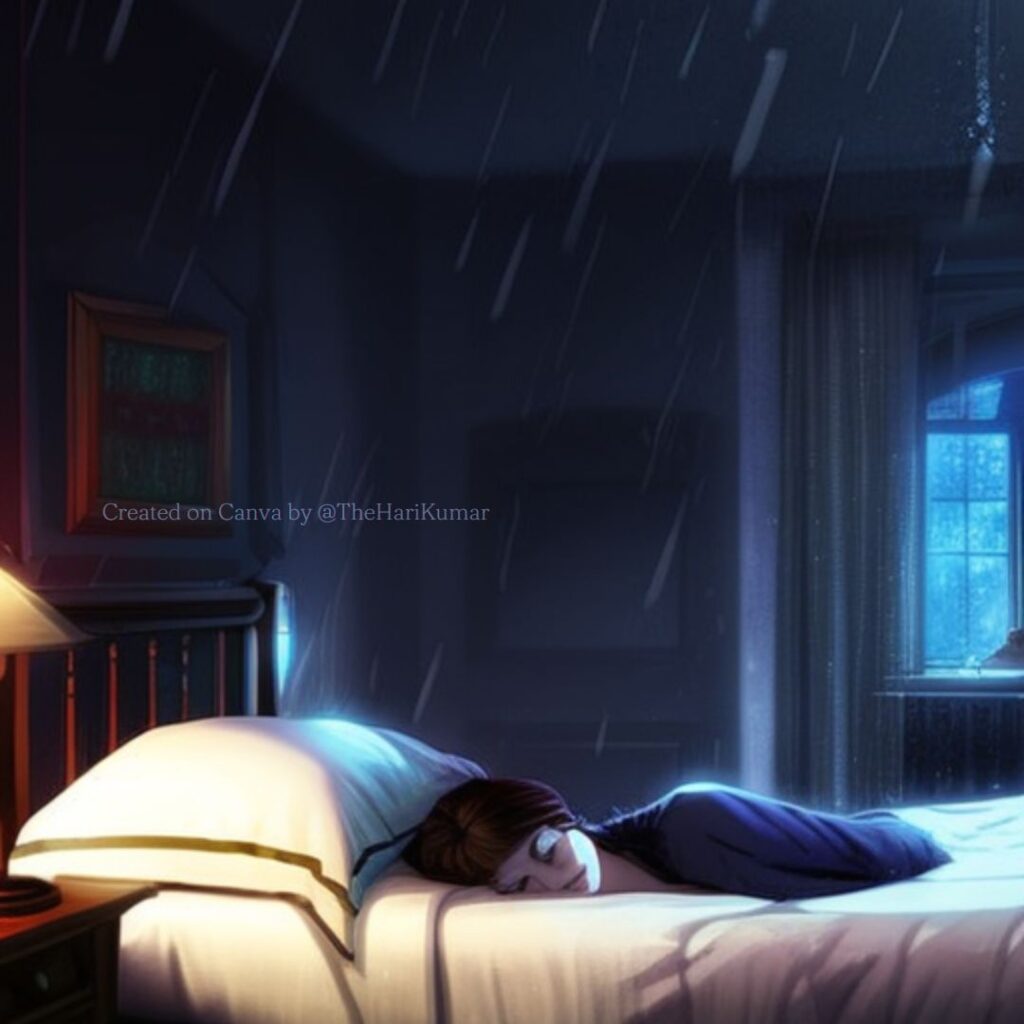
It was a rainy night in July, and John Doe was staying at some relative’s place with his spouse. John had just fallen asleep after watching a Hollywood horror movie. Little did he know that he was about to have a personal encounter with a horror beyond his imagination.
John woke up in the middle of the night, feeling a weight on his chest. He couldn’t move or speak, and felt like someone was strangling him to suffocation. John tried to scream for help, but no voice came out of his mouth. Then, he saw a shadow of a creepy figure standing at the foot of my bed. It was not human. Maybe it was but it was too tall and thin, with glowing red eyes that pierced through his soul. He tried to shut his eyes but he couldn’t move any part of his body. He was trapped in his own scary dream.
The figure slowly approached him. It stopped right in front of him. Then it whispered in a raspy voice “You have sinned and I am going to take you soon.” Then it laughed diabolically. John wanted to run away, but his body was frozen. The scary creature climbed onto his chest, and he could feel its weight crushing his ribcage. He was paralyzed with fear and helplessness. He was experiencing sleep paralysis.
Just when he thought it was all over, the lights came on suddenly and the room was bright. It was his wife who had switched on the lights. She looked at her husband who was sweating like he had seen a ghost. As for him… the scary creature had disappeared as soon as the lights came on. John was able to move again. He sat up and took deep breaths. He told his wife about it but she did not believe him. She thought it was just a dream but he knew it was something beyond that. The experience never occurred again.
He tried to check with a few experts and they had suggested it could be a case of sleep paralysis. Sleep paralysis can be a scary and confusing experience, especially when it involves vivid hallucinations and sensations. While this story is scary, it actually reflects the real fears and struggles of people who have experienced sleep paralysis.
The Fourth State
Hello and welcome to The Fourth State. My name is K. Hari Kumar and today I will be talking about a mysterious phenomenon called sleep paralysis. Have you ever woken up in the middle of the night unable to move or speak? Did you feel a heavy weight on your chest or see strange shadowy figures around you? If yes, then you might have experienced sleep paralysis.
What is Sleep Paralysis?
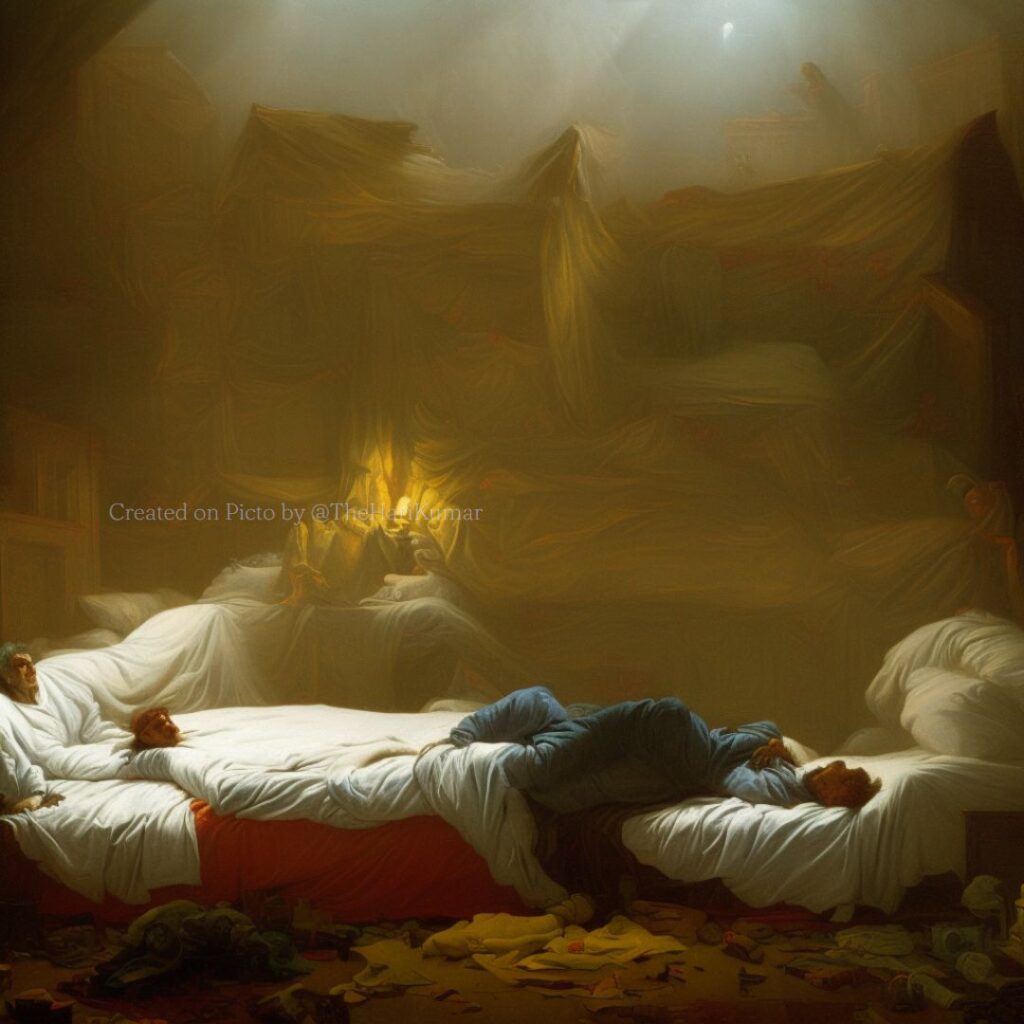
According to the American Sleep Association, Sleep paralysis is a condition in which a person is temporarily unable to move or speak while falling asleep or waking up. It is a type of parasomnia, a group of sleep disorders that involve abnormal behavior, movements, or perceptions during sleep.
This typically lasts a few seconds to a few minutes. It can be accompanied by vivid hallucinations or feelings of terror. It affects people of all ages and genders. However, it is more common in people with a history of narcolepsy, anxiety, depression, or PTSD.
The National Sleep foundation says that the exact cause of sleep paralysis is still unknown, but scientists believe it is related to the REM (rapid eye movement) stage of sleep. If you remember, I mentioned this in my first episode (you can listen to it here). This is that phase of nidra or sleep where there is no dream – the dreamless deep sleep or sushupti.
During REM sleep, the brain is very active. While the body’s muscles are relaxed or paralyzed to prevent movements that could harm the sleeper. In some cases, this paralysis persists after waking up, leading to sleep paralysis. Other factors that may contribute to sleep paralysis include sleep deprivation, irregular sleep patterns, stress, and substance abuse.
Sleep Paralysis in Different Cultures
The explanation of sleep paralysis has evolved over time. In his article, DJ Hufford suggests that sleep paralysis has been surrounded by many myths and legends in different cultures.

Image Source: https://occult-world.com/old-hag/
The Old Hag
In Newfoundland, Canada, sleep paralysis is caused by the old hag. She is also known as the night hag. She is described as a wrinkled and withered old ‘witch-like’ woman, with long withered hair and pointed nails. The story goes that just as you fall asleep, she creeps in, crawling from the foot of your bed to perch on your chest, making it impossible to move or breathe and generally scaring you senseless.
This old hag is also related to the demon that attacks humans at night. This demon is called Mara and the word nightmare is derived from mara. Nightmare was used to describe this phenomenon which we know today as sleep paralysis. Today, the word nightmare has more general meaning that is a scary bad dream. In fact, this reminds me of an American horror movie called Mara where a mysterious creature kills people in their sleep. Check it out when you get the chance. But the concept of the night hag or old hag is not just limited to one geographical region. Various cultures across the world have different names for this supernatural creature.
Supernatural Creatures that cause Sleep Paralysis
In Mexican and Filipino cultures, it is believed that a ghost or spirit is responsible for sleep paralysis. In Spanish folklore, “Pesanta,” a black animal, often a dog or a cat, invades people’s homes and sits on their chests while they are asleep, making it difficult to breathe and causing nightmares. I have heard of something similar from my grandparents when I was kid too.
In Islamic culture, sleep paralysis is associated with the jinn, a supernatural being that can possess humans and sometimes with the shaitan. While in Bengali folklore, this phenomenon is believed to be caused by Boba. Kashmiris believe that there is a creature called “Roch”, which lives in every house. If the house has not been cleaned then this creature could attack the person while sleeping. Somehow this also reminds me of Kali which infests people who lead an unclean and indisciplined life. In Tamil folklore, there is a similar concept called Amukku Pei which simply translates to the ghost that presses one down. Remember the feeling of something heavy on the chest? A Brazilian folklore claims that a creature called Pisadeira, sounds like pishaacha, comes into a person’s house and stomps on the chests of sleeping people.
In Japanese folklore there is a phenomenon called the “kanashibari,” which is “the state of being totally bound, as if constrained by metal chains,”. This is usually done by a spell-caster or conjurer who calls upon a vengeful spirit to suffocate enemies through this phenomenon which we now know as sleep paralysis.
Why are most of these creatures similar to witches?
If you look at the trend, according to our older generations, sleep paralysis is explained by cultural references, that is, the supernatural creatures and sorcery from folklore. Culture plays a big role in folk tales and mythology, and you will find a common thread in the mythical creatures like old hag because these regions were part of European colonies. Therefore, witches became part of the local folklore. It was even believed that the witch would kidnap sleepers and take them on a ride on their broom stick.
Sleep paralysis in DAKHMA and Amygdala.
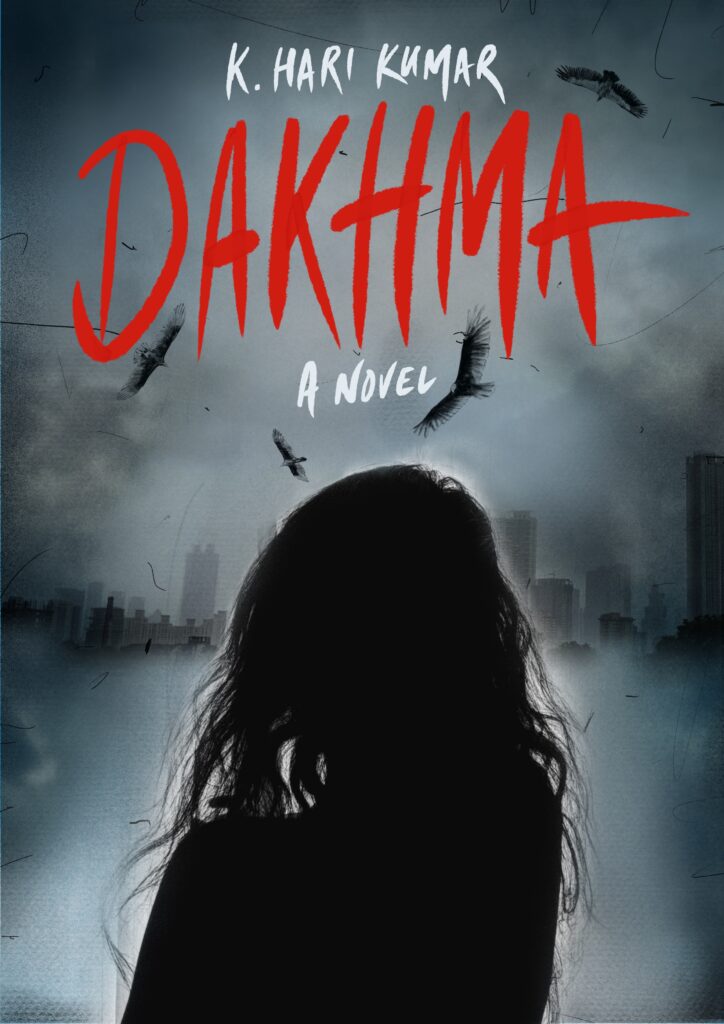
In my psychological horror book, DAKHMA, published by HarperCollins, I have touched upon this mysterious phenomenon. Those who have read it might be able to recollect the chapter where the protagonist, Anahita Anand, wakes up on her bed after seeing a nightmare, and suddenly finds her body paralysed and to make it worse, the ghost that was haunting her apartment appears right above her, almost thrusting its entire weight into Anahita’s paralysed body. If you haven’t read the bestselling horror thriller book then please check it out here.
Anahita was going through PTSD from a traumatic incident which happened in her childhood which affected her amygdala – that part of the brain which was responsible for fear and anxiety. In the Rapid Eye Movement (REM) stage of sleep, the human body inhibits its motor neurons, paralyzing itself to prevent any harm caused by vivid dreams. So, individuals with sleep paralysis like Anahita in my book, are aware of their immobility and may experience a sense of panic while attempting to move.
Additionally, breathing patterns become irregular during REM sleep, and the inability to control breathing during sleep paralysis may create a sense of suffocation which probably explains why it feels like someone has sat on the person’s chest. These symptoms can cause overwhelming fear, and the amygdala, the brain’s threat center, struggles to determine whether the threat is genuine or not. As a result, the person may feel vulnerable and helpless.
This paralysis or postural atonia is triggered by the pons (including the pontine reticular formation) and ventromedial medulla that suppress skeletal muscle tone during REM sleep—via inhibition of motor neurons in the spinal cord; through neurotransmitters GABA and glycine (Brooks and Peever, 2012; Jalal and Hinton, 2013)
Sleep Paralysis, “The Ghostly Bedroom Intruder” and Out-of-Body Experiences: The Role of Mirror Neurons https://www.ncbi.nlm.nih.gov/pmc/articles/PMC5329044/
If you want to dig deeper into the scientific aspect, please consider reading this research article – Sleep Paralysis, “The Ghostly Bedroom Intruder” and Out-of-Body Experiences: The Role of Mirror Neurons.
Modern Speculations
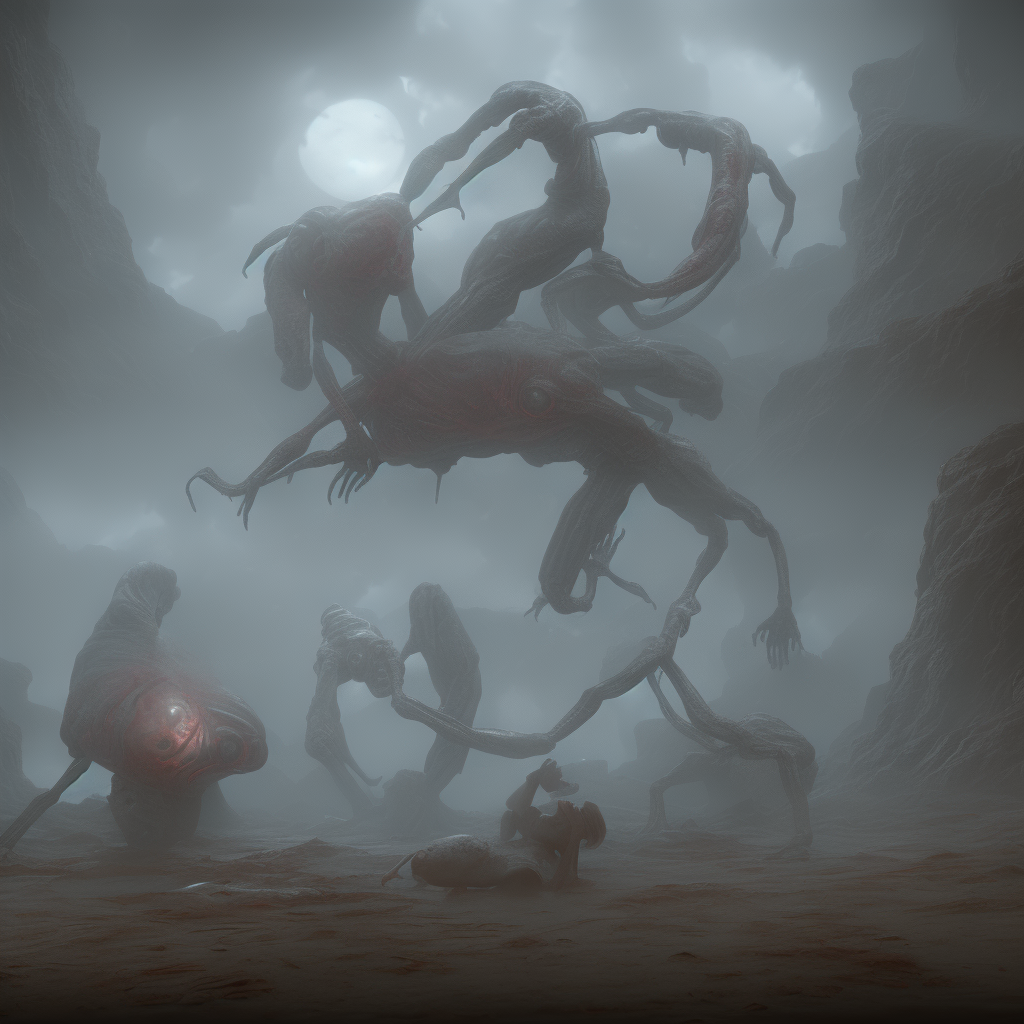
In today’s world, most people don’t believe in witches and ghosts, so some of them have turned to a more speculative explanation for sleep paralysis. Thanks to sci-fi films and books, the idea of aliens or extraterrestrials is very today and somewhat more acceptable to the modern mind. So the flight on the witch’s broomstick has been replaced by a spaceship.
The number of people who believe they were abducted by aliens has increased in the last few years. They claim they were subjected to medical experiments and then released again. Scientists believe that people are more likely to report alien abductions when they have been exposed to movies or books about the idea. These people who claim they were abducted had symptoms like hearing noises, pungent smells, unable to move the body, levitating in the air, night terror, images of frightening intruders, probes inserted into their body. If you look at the symptoms of sleep paralysis, these are very similar to them. Somehow, all this reminds me of that neuralyzer used by Will Smith in Men in Black movies. When an ordinary person witnesses something extraterrestrial then Smith clicks on the neuralyzer and the person’s recent memory of the extraterrestrial is totally wiped out.
Psychologists claim that alien abduction is formed by false memories and may be sometimes associated with sleep paralysis or at other times with daydreams or nightmares. So, this easily explains why John Doe, about whose experience I mentioned at the beginning of this episode, had seen the scary creature at his bedside. Remember, he had watched a horror movie before he went to sleep.
Read this interesting article on The New York Times for detailed information on the phenomenon.
Summing Up
Now, whether we choose to believe the old supernatural explanation or the modern extraterrestrial one, or simply choose a rational scientific approach of the psychologists, sleep paralysis is still one of those unexplained phenomena of the human mind. Sleep paralysis is a mysterious and sometimes frightening condition that affects many people. Although it has been associated with many myths and legends, there are scientific explanations for its causes and effective ways to cope with it. If you have experienced sleep paralysis, remember that you are not alone and seek help with a medical practitioner if needed. Thank you for listening to this episode of The Fourth State.
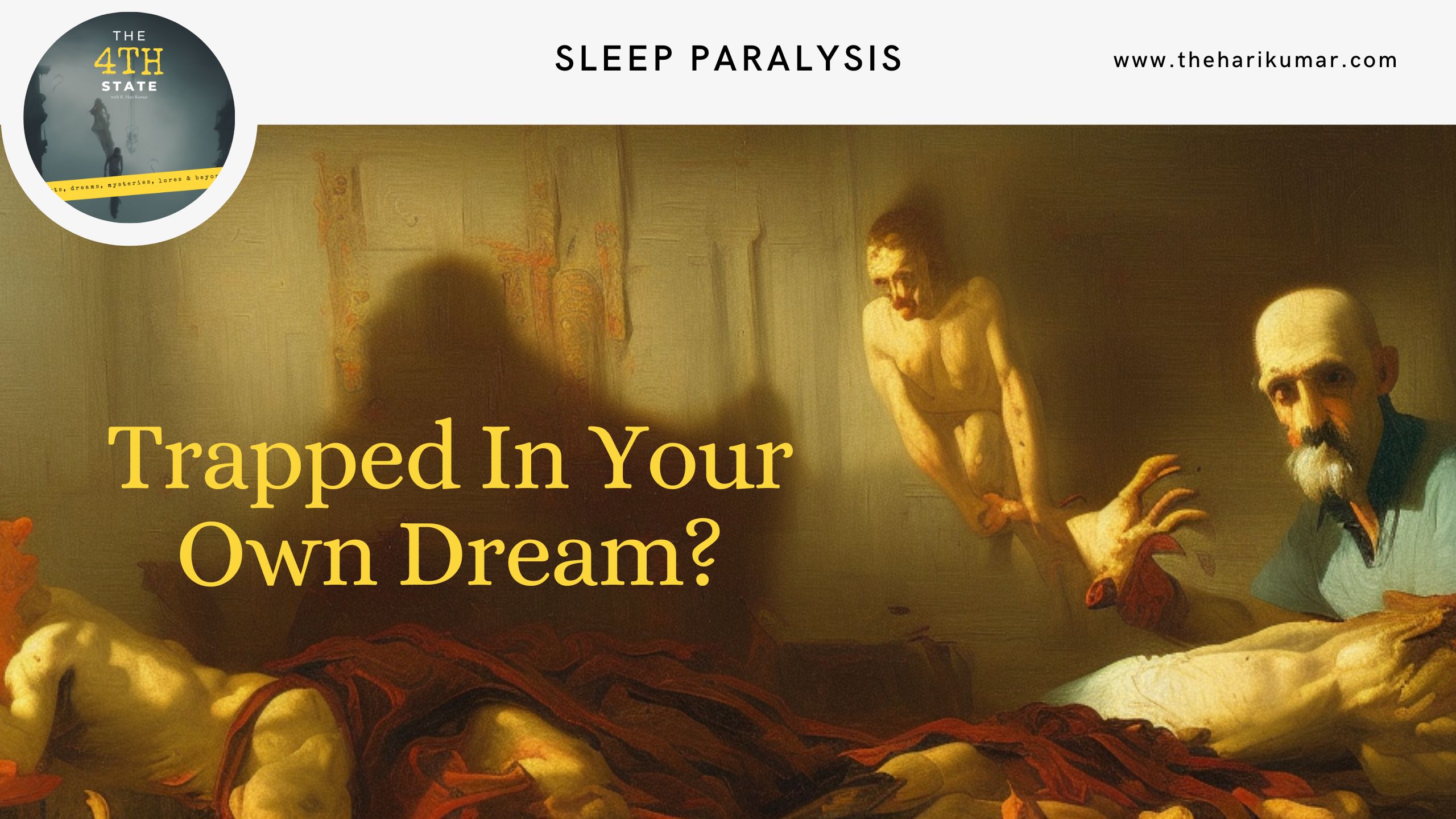
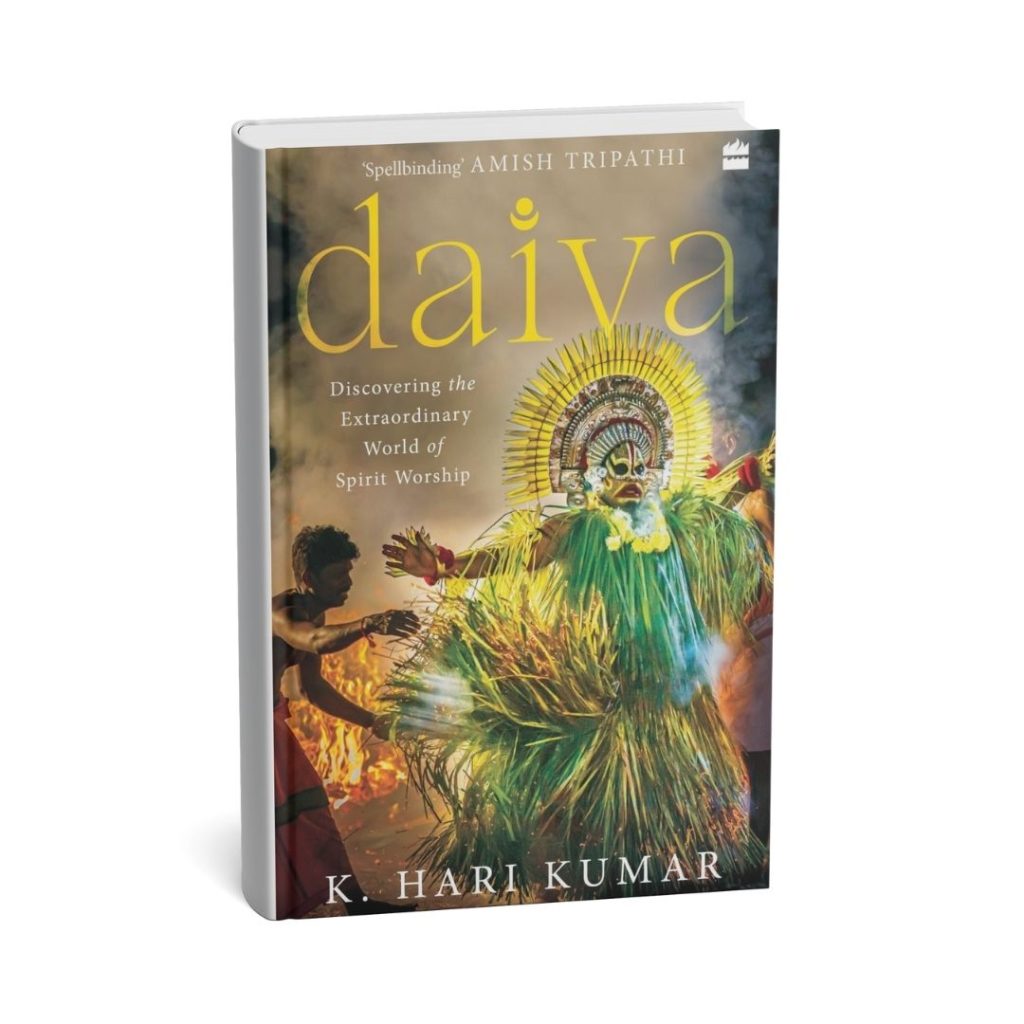
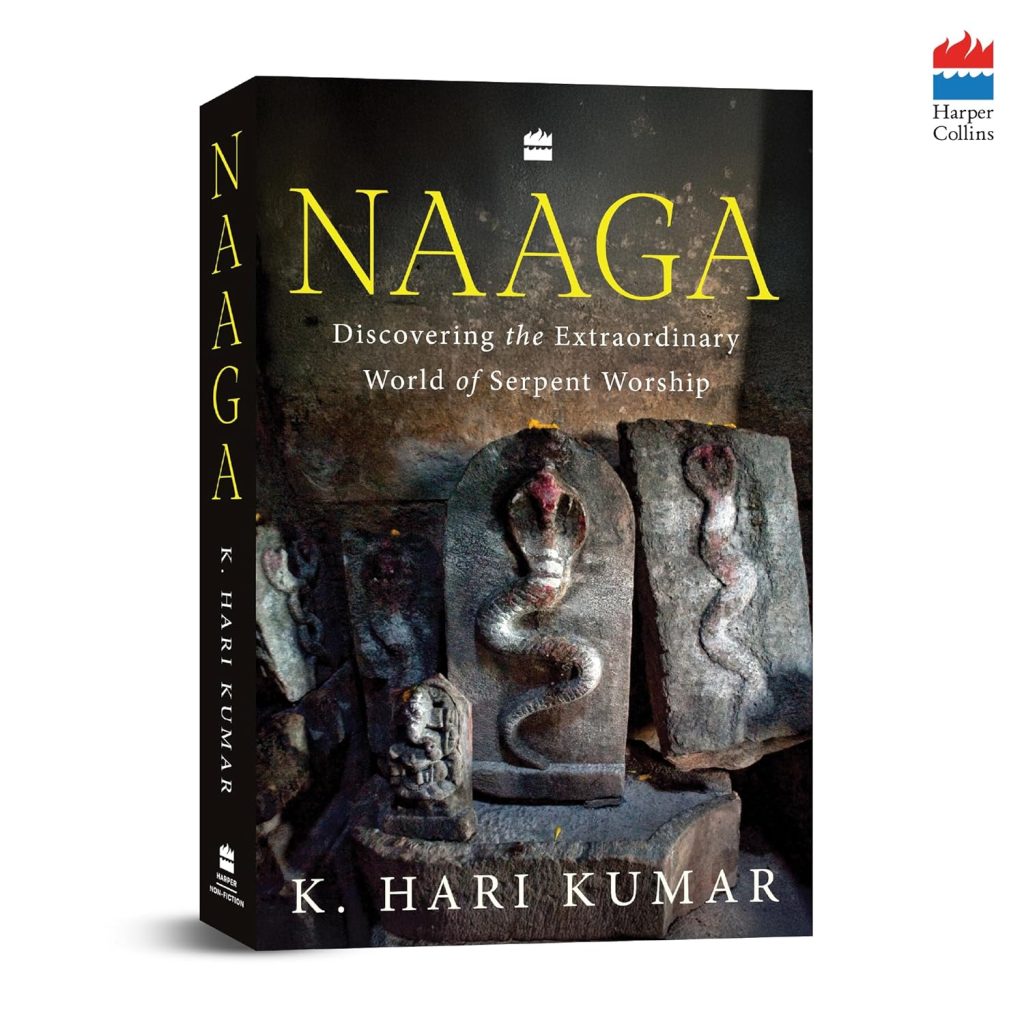
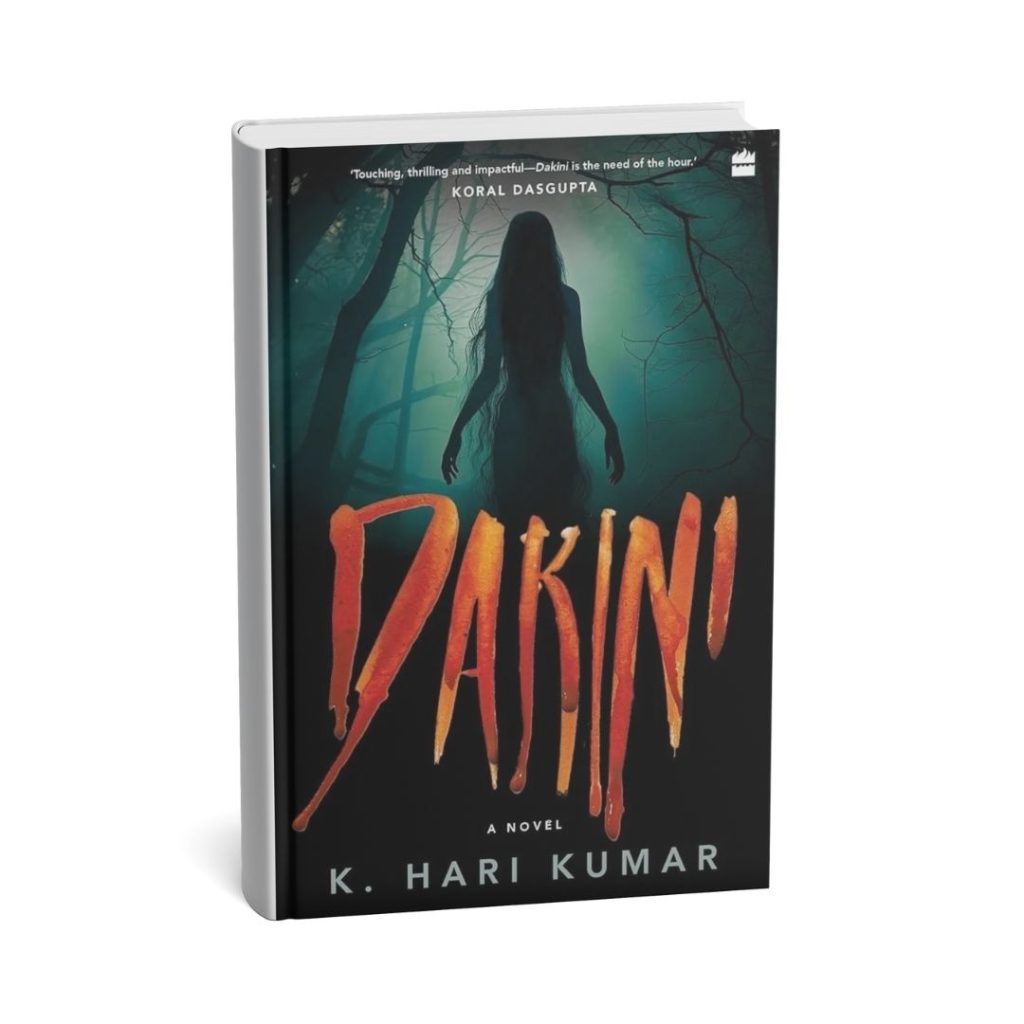
Leave a Reply